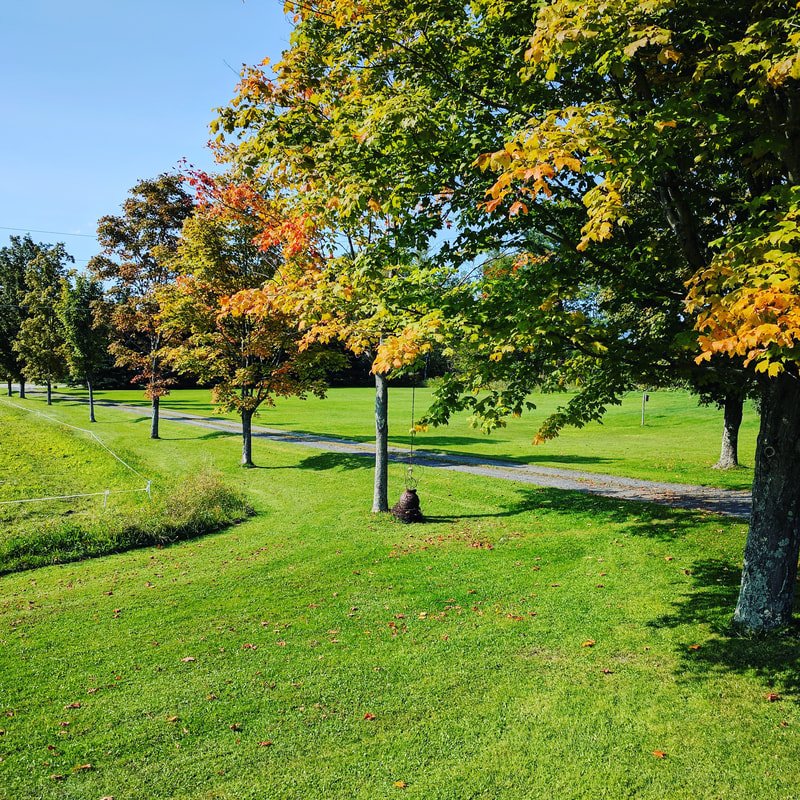Now that the leaves are in for the summer, it’s a good time to think about which trees you’d like to tap for next spring. While we usually associate sugar making with the sugar maple exclusively, there are many trees that produce sap that can be boiled down to syrup, including many non-maple varieties.
If you are up for a challenge, or just want to increase your maple syrup yield (like many amateurs, we tap a mixture of maples for our syrup), get your hands on a tree-identification book or two and some marking tape, and see how many on this (non-exhaustive) list are in your woods!
Black Maple Considered by some to be a subspecies of the sugar maple, the black maple produces sap that is similar in volume and sugar concentration to the sugar maple.
Red and Silver Maples Sap yields from these maples are lower in volume and sugar concentration than the sugar maple, but still commonly tapped. Note that these maples produce buds earlier in the spring than the sugar maple and that post-bud sap can produce syrup with a funny, tangy taste unsuitable for pancakes (but, in our opinion, passable for cooking).
Norway and Manitoba Maple / Boxelder These common maples produce significantly less-concentrated sap than the sugar maple but nevertheless can be tapped to make syrup.
Walnut Butternut trees (a.k.a. white walnut) produce a sap of a volume and concentration comparable to sugar maples; some say the taste of the resulting syrup is identical as well. Sap from the black walnut reportedly produces a sweet-but-astringent, nutty-flavored syrup. The heartnut, also in the walnut family, can also be tapped for syrup-making.
Birch While the paper birch has the most concentrated sap of the birch trees, it is still less than half as sweet as the sugar maple. Nevertheless, making birch syrup, variously reported to be sweet, spicy, and pungent, seems to be on the rise. The yellow birch, black birch, gray birch, river birch, and European white birches may also be tapped. Conveniently, birch sap usually runs after the maple sugaring season is over.
Sycamore Sycamores produce a less concentrated sap than the sugar maple that produces syrup reportedly tasting of butterscotch.

